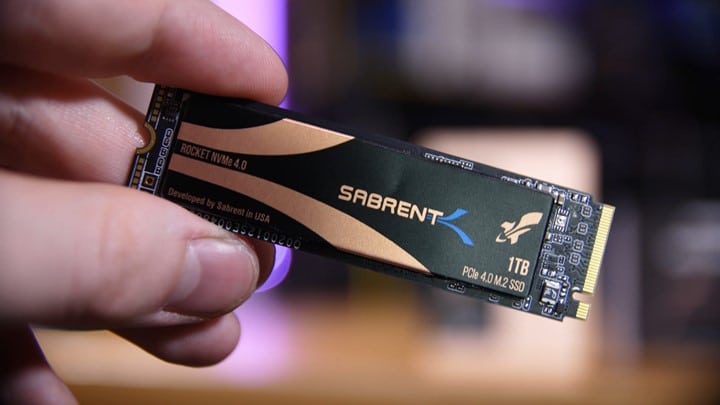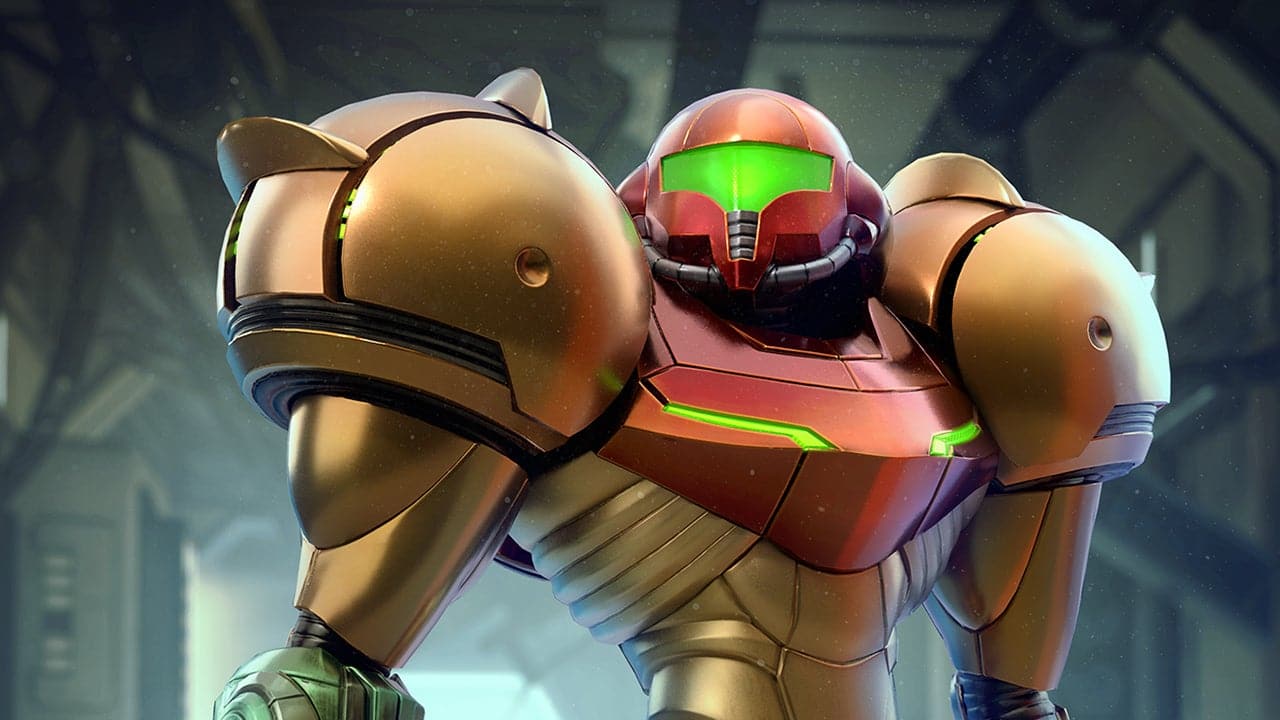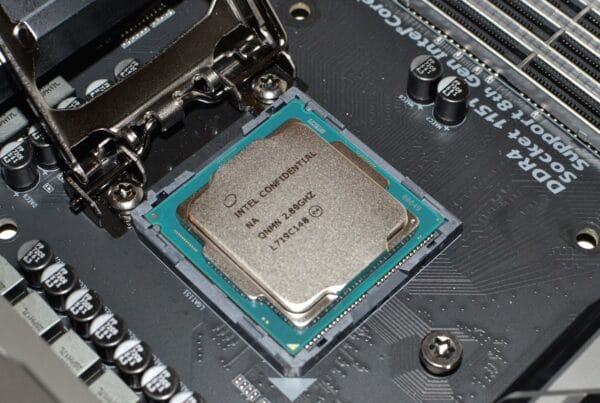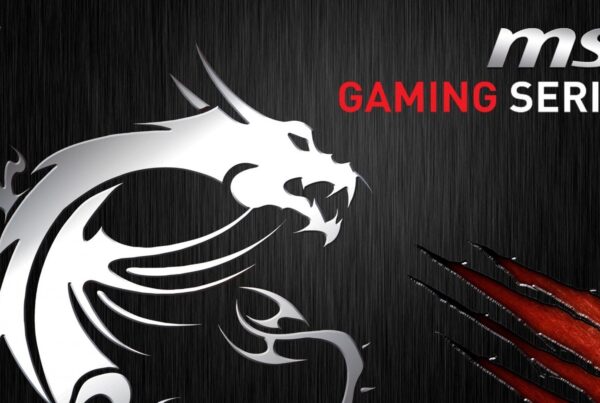If you’re a gamer or spend enough time on your computer, you know just how much of a difference an SSD has over the older HDDs of the past.
An SSD is a solid-state drive, a type of storage that doesn’t have any moving parts, meaning it’s silent and faster than HDDs, which feature a spinning disc to transfer data. The biggest advantage SSDs have is the drastically faster read and write times, which are basically what allows a drive to store and use or display the data stored on it.
A faster read and write time leads to a faster boot time if you store your computer’s OS on a fast SSD and drastically shorter loading times if you store games on one. The big problem with SSDs is the price. The faster speeds come at the cost of being more expensive to produce, so a 250 GB SSD is considerably more expensive than a 250 GB HDD, although the price gap is closing as time passes.
The price difference is no more apparent than when looking at terabyte drives. A 16 TB HDD, probably more space than the average person would need for at least a decade or more, can be found for as little as $485 USD on Amazon. A 16TB SSD? If Sabrent’s newest drive actually lives to see the light of day for the average consumer, PCGamer predicts the drive will cost somewhere in the ballpark of $2,000 USD, if not more.
While the space will be more than enough for all but the most dedicated of gamers and editors, the speed could leave something to be desired. It’s still lightning quick, but it won’t keep up with the newest NVMe M.2 SSDs on the market. Of course, if you’re looking to buy this particular drive whenever it hits the commercial market, odds are that the fastest speed isn’t your number one priority, and you’re more worried about something that’s big and faster than most other drives of its size.
Like I said though, this drive isn’t real quite yet. A 15 TB SSD is the largest you could get right now; if you’re really itching for that extra terabyte of space, HDDs have gone bigger, but only up to 18 TB. Drives with more space do exist, but they’re much larger, cost far more, and weren’t really designed or made with the average person in mind. They’re meant for businesses and other entities that needs hundreds upon hundreds of terabytes of storage space, something that the average person could never conceivably fill.
I’ll be honest, I’m not entirely sure who a 16 TB SSD is really even meant for, especially at that potential price point. At around $2,000 USD, you could buy a number of smaller SSDs that equal or even surpass 16 TB. Of course, it’s not all held in one place in that case but if you’re really in need of 16 TB or more of space, you’re probably not holding your breath for this drive. It’ll be a technological marvel when it becomes real, but for the price, I don’t see it becoming too widely adopted.
OSG News & Deals Newsletter
Get the latest gaming news, reviews, and deals sent to your inbox, FREE!










